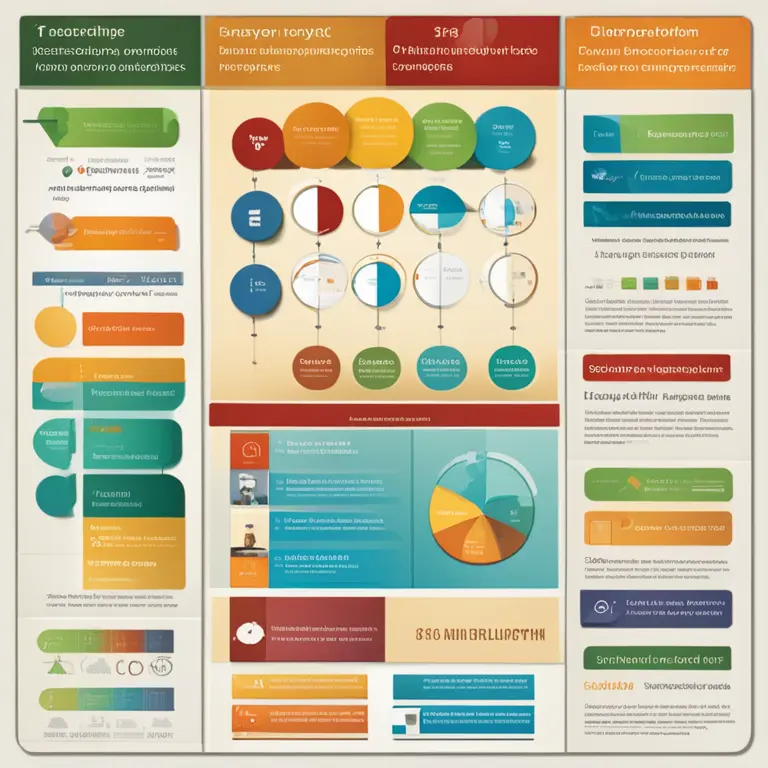
Biorhythm Compatibility: Syncing Personal Cycles
Discover how biorhythm compatibility can impact personal relationships and learn to harness its insights for better interpersonal harmony.
article by Adrian Wallace
Biorhythm Basics
Biorhythms are the hypothetical cycles that supposedly affect various aspects of human behavior and physical states. According to biorhythm theory, there are three primary cycles: the physical, emotional, and intellectual. Each cycle has a different period: the physical is 23 days, the emotional is 28 days, and the intellectual is 33 days. From the moment of birth, these cycles begin and continue to oscillate between high, low, and neutral periods throughout an individual’s life. Understanding these patterns can offer insights into one’s own physical, emotional, and intellectual rhythm, potentially aiding in personal growth and times of decision-making.

Compatibility and Its Importance
Biorhythm compatibility refers to the comparison of two individuals’ biorhythmic patterns to predict the harmony between them. It is believed that by aligning your own biorhythms with someone else's, you can improve the quality of interactions and reduce the likelihood of conflicts. This theory is often applied in personal relationships, where harmonious biorhythms might contribute to a smoother, more understanding connection. In contrast, conflicting rhythms could spell periods of difficulty and misunderstanding.

Analyzing Compatibility
To analyze biorhythm compatibility, one must chart the cycles of both individuals and compare them. During periods when both people’s cycles are at high points, positive interactions are more likely. Conversely, if one person’s cycle is at a low point while the other’s is high, tensions may arise. It's important to note that a combination of different cycle phases can also produce unique dynamics, such as an intellectual peak aligning with another’s emotional low, leading to potential miscommunications or insensitivity.

Using Technology for Analysis
In the modern era, technology has simplified the task of calculating and comparing biorhythms. There are numerous apps and websites dedicated to providing users with personalized biorhythm charts. These tools can help users explore their compatibility with others—be it partners, colleagues, or friends—by providing insights into the best times for collaboration, deep conversations, or simply understanding when to give each other space.

Validity and Skepticism
Despite the increasing use of biorhythm compatibility in various aspects of life, it’s essential to address the skepticism surrounding it. The scientific community has not widely accepted biorhythm theory due to a lack of empirical evidence supporting its validity. As such, while many people find value in biorhythmic analysis for personal understanding and relationship insights, it should be approached as a complementary tool rather than a definitive guide to human interaction.
Personal Experiences
Individuals who account for biorhythmic compatibility often report better personal self-awareness and improved relationship dynamics. By being mindful of one’s biorhythmic state and that of others, it becomes easier to plan significant events, avoid unnecessary conflicts, and strengthen bonds. As with any belief system, the key lies in personal experience and the subjective value one finds in such practices.
Published: 1/30/2024
Modified: 1/30/2024
More predictions
Come back here soon to learn more about yourself and your future


The Biorhythms Chart: A Personal Energy Guide
Discover the insights of a biorhythms chart and how it reflects your personal energy cycles for better life management.


The Essential Guide to Your Biorhythm Calendar
Discover the science of your body's natural rhythms and learn how to track your personal biorhythm calendar for enhanced well-being.


The Intuitive Cycle of Biorhythms: Harmonizing Life's Rhythms
Discover the significance of the intuitive biorhythm cycle in aligning with your inner guidance for a harmonized life and decision-making process.